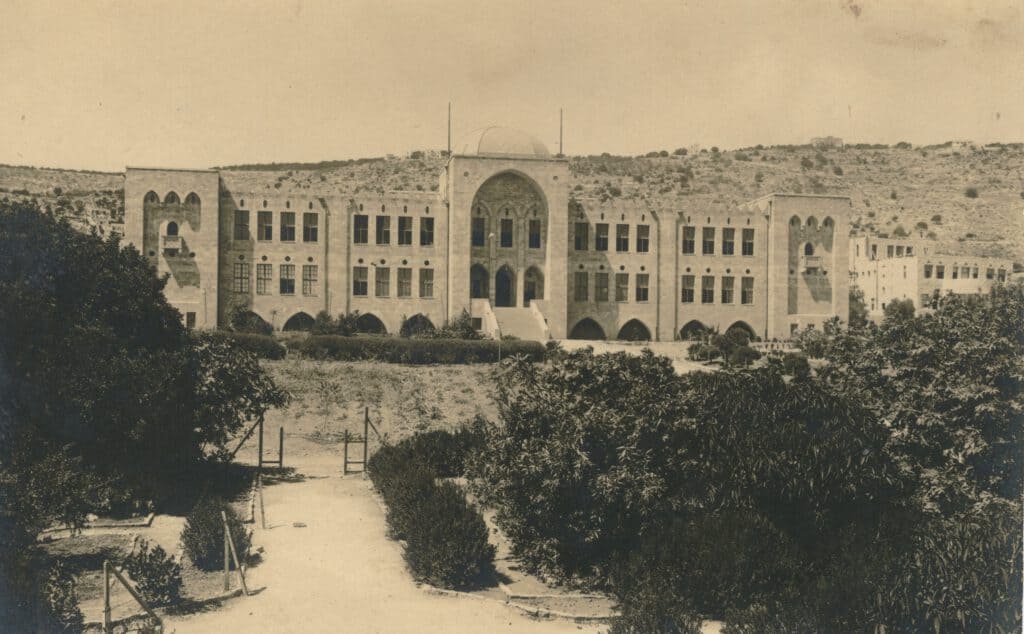The idea of a Jewish Institute for Technical Education in Palestine (1901-1921)
The call to found a Jewish university was made at the Fifth Zionist Congress in Basel in 1901, with Theodor Herzl as the spokesman for this educational idea.
A report drawn up under the direction of three important Zionists, Martin Buber, Berthold Feiwel and Chaim Weizmann, confirmed Herzl’s call for the founding of a university. Although none of the authors had a technical background, they recommended the establishment of a technical university instead of a humanities university. They argued that anti-Semitic laws and arbitrariness had denied Jews admission to a technical education at European universities for many years and drew up a plan for a technical center (in Hebrew “Technion”) that would train young men and young women in technical and agricultural professions.
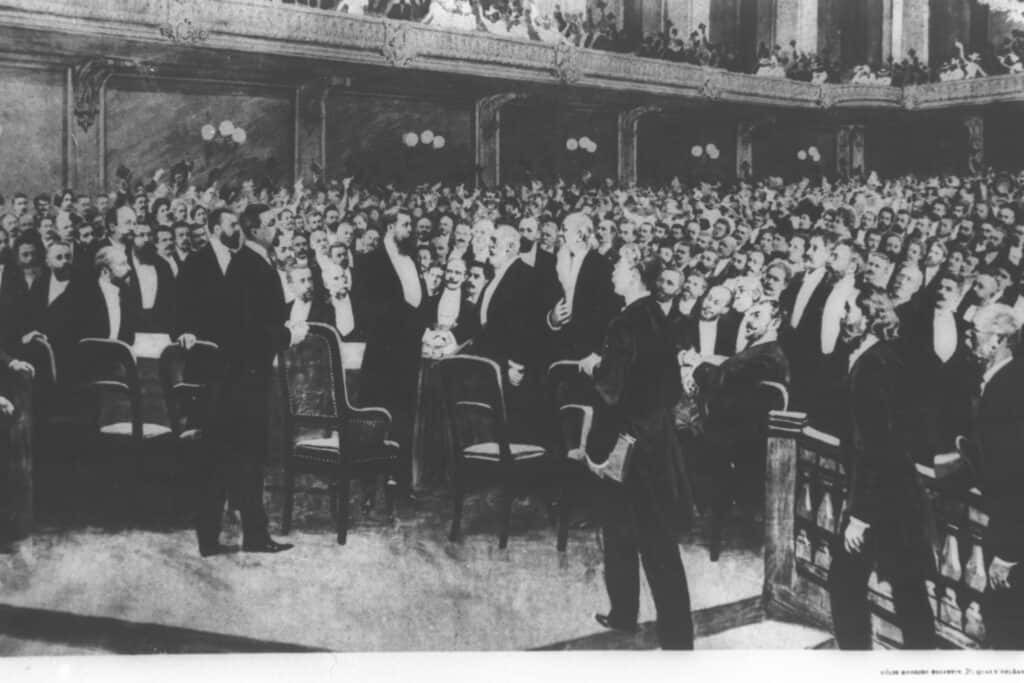
Palestine had almost no infrastructure at the time the Technion was founded. This dilemma was to be resolved through private initiative, the expansion of a school system in Palestine geared towards technical professions and its crowning achievement, the establishment of the Technical University in Haifa. Around 1880, there were approximately 26,000 Jews living in Palestine. For centuries, they have made up around a tenth of the total population.
In the middle of the 19th century, a lively building and development activity developed, accompanied by a modern school system. From 1882, the “Alliance Israélite” from France set up schools in the cities of Jaffa, Haifa, Safed and Tiberias, where Hebrew, Arabic, Turkish and French were taught. They were followed by similar efforts in other European countries.
It was hoped that the planned university construction would provide the local population with a sound education in middle and higher professions, which was also in the interests of the sponsors of such a project. The aim of Germany, or rather the German government, was to spread Germanness abroad and expand trade relations. The German-Jewish donors were more concerned with providing help and protection to their co-religionists in the Orient.
Unlike the “Central-Verein deutscher Staatsbürger jüdischen Glaubens” (CV) and the “Zionistische Vereinigung für Deutschland” (ZVfD), the “Hilfsverein der Deutschen Juden”, which was responsible for the Technion, was a Jewish philanthropic association for helping Jews abroad. At the request of the association, the German government made an attempt to support the university project with the then Sultan of the Ottoman Empire. As this was not heeded, the emperor withdrew from a second attempt at support out of concern about a possible decline in trade relations.
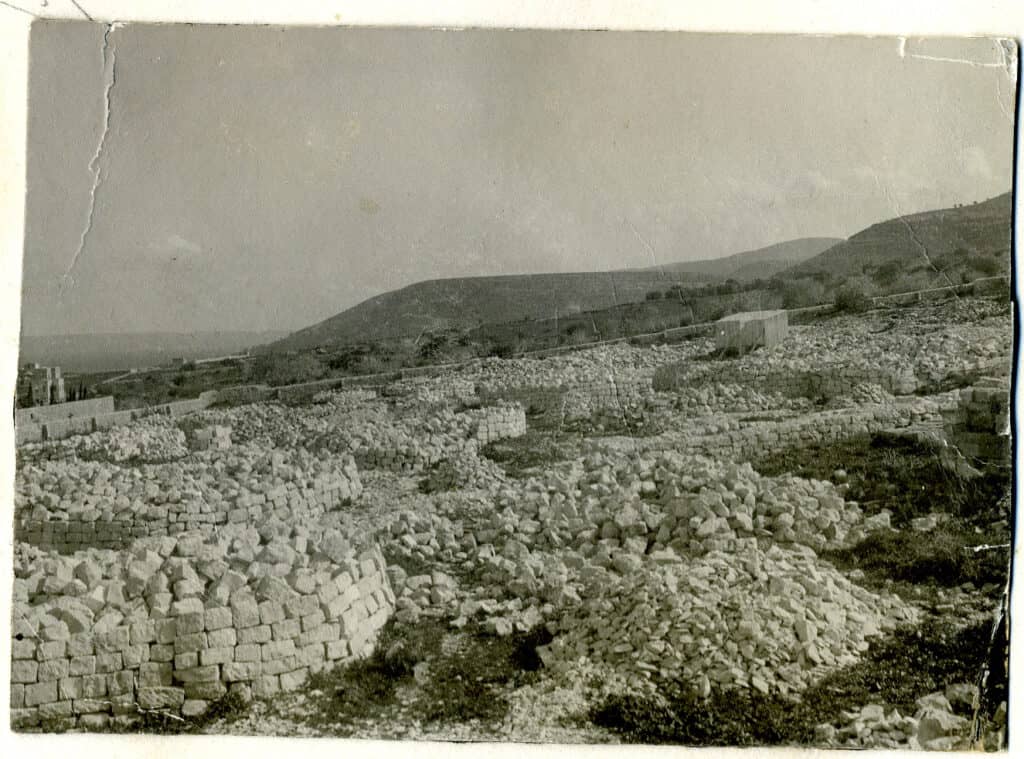
In order to put the project on an independent footing, a separate company was founded on the premises of the aid association in Berlin: the ‘Jewish Institute for Technical Education in Palestine’. Dr. Paul Nathan, managing director of this company and the driving force behind the university project, travelled the Ottoman Empire for four months to find a suitable building site for the technical institute in Palestine. In 1908, he calculated the costs for the planning and construction of the university at an estimated 690,000 Frs. This corresponded to a sum of approx. 550,000 marks.
Dr. Paul Nathan summarized his findings as follows:
- To date, there are three institutes for higher studies in the Orient, two Protestant American colleges in Constantinople and Beirut and a Catholic university in Beirut.
- The subjects taught there consist of humanities and commercial sciences, as well as law and medicine. No modern technology can be studied in the country. However, the country’s development is clearly dependent on this. This applies to the development of both the Ottoman Empire and Palestine.
- The training of technical specialists is important insofar as the Jews are familiar with the Turkish language and would be preferred by the Turkish authorities over other – possibly technically better trained – specialists from Europe.
- By employing Jewish technicians, an increasing number of Jewish workers would also find employment.
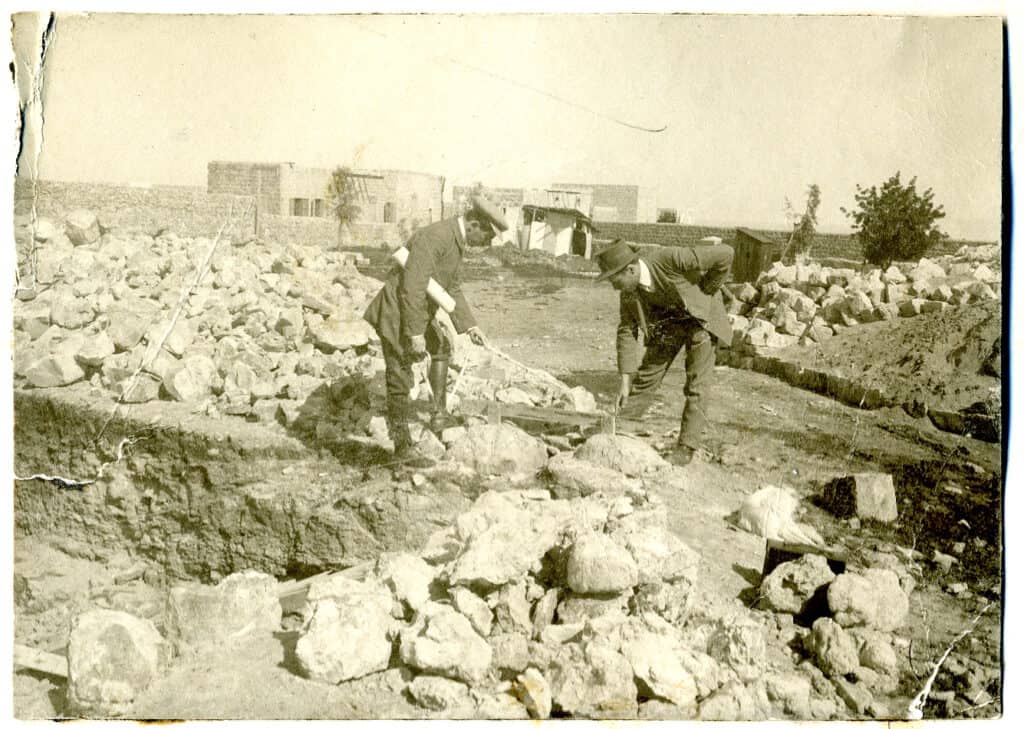
The pedagogical concept as a prerequisite for successful training up to technical studies included:
- Kindergarten: as a foundation according to the Pestalozzi-Fröbel method.
- Elementary school: learning Hebrew as a common language for all Jewish children in accordance with the modern Hebrew language developed by Eliezer Ben-Yehuda around 1900.
- Secondary school: The following courses were aimed at providing a comprehensive education
– Arabic, Turkish, German as well as English and French as foreign languages and languages of the sponsoring countries);
– thorough instruction in arithmetic and mathematics, science and drawing,
– practical workshop lessons from an early age. - In the higher technical college, particularly talented young people were to receive a 3-4 year course of study, while the others were to be trained for a career in the trades.
Supplementary lessons in mathematics and certain natural sciences were offered in advance as preparation for admission to university. In addition, the languages were deepened;
– Hebrew as a religious-national binding agent,
– Arabic for general communication,
– Turkish for the civil service,
– English for professional advancement in Egypt,
– German for future employment as an engineer on the railroad lines built with German capital. The German language should also be preserved as a link to European culture. At the time, it was the language of world science.
- The students were originally intended to be fellow Jews living in the Ottoman Empire, as well as possible later immigrant groups. From the very beginning, the Technion has always been open to students of other denominations, nationalities and all income levels. Access authorization was and is acquired exclusively through aptitude tests.
In order to finance the project, the aid organization had to raise private donations, as state funding was not available at the time.
Dr. Paul Nathan met in Berlin with David Wissotzky, the son of the tea wholesaler Kalonymus Wolf (Zeev) Wissotzky, who died in 1904. In his will, he had stipulated that a public educational institution should be founded or supported in his name every five years from his inheritance. The first 100,000 roubles were available for distribution as early as 1909. The sum corresponded to a value of around 200,000 marks. Dr. Paul Nathan succeeded in winning David Wissotzky over to the idea of the Technikum and its long-term support. The family foundation had a number of requirements regarding the use of the money. The relationship of the new university to religion and Judaism was also defined together with the donor family.
Another donation was made by the banker Jakob Heinrich Schiff, who was born in Frankfurt and emigrated to the USA for the first time in 1865 and for good in 1875. On his return from a trip to Palestine, Schiff pledged to contribute USD 100,000 (approx. 400,000 marks) towards the establishment of a university. He also attached conditions to his donation that excluded any religious or Zionist ideology in connection with the Technikum. The administrative independence of the Technion had to be guaranteed according to his wishes. To ensure this, a board of trustees was formed, consisting of Jewish personalities. In order to protect the interests of the major donors, it was supplemented by additional representatives from Europe and the USA.
In order to build a university that would ensure the growth of the Jewish population, it was necessary to acquire a suitable plot of land that would meet current and future requirements. After an intensive search, Dr. Nathan decided on Haifa as the location. The city already fulfilled the best prerequisites for becoming the most important port city on the eastern Mediterranean coast, as the Turkish authorities also preferred it to Beirut. Haifa would develop into a future railroad construction hub. The planned Hejaz Railway would be connected to the Baghdad Railway via Aleppo. The construction of the technical center was intended to have an additional positive influence on the development of the city of Haifa, which was only at the very beginning of a favorable development. Jerusalem was ruled out as a location for a technical college, as it was expected that a technical college would bring with it an industrial center, as well as factories, railroad and wharf facilities. The initiators also considered it necessary for future students to gain practical experience in the immediate vicinity of the university during their studies. It was hoped that the choice of location would keep both political turbulence and religious influences away from the university.
The application for a school permit submitted by the Board of Trustees to the Ottoman government emphasized that students would be accepted regardless of race or religion. Nach der Zustimmung der Regierung in Konstantinopel erfolgte am 11. April 1912 die Grundsteinlegung auf der halben Höhe des Karmel-Gebirges.
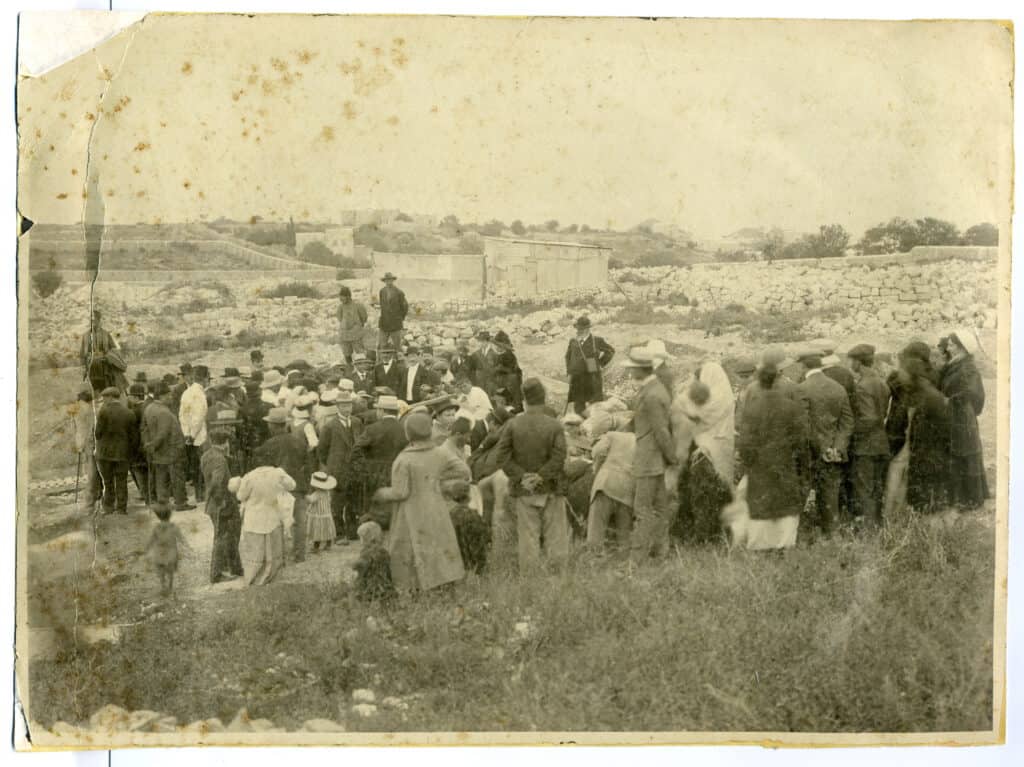
Due to the outbreak of the First World War and the decline in financial support, the “Society of the Jewish Institute for Technical Education in Palestine” ran into financial difficulties. The completion and commissioning of the almost completed building was uncertain; German courts finally declared the Technikum-Vereinigung bankrupt and the building was auctioned off on March 15, 1915. The Hilfsverein bought it back and with it the sole ownership rights to the Technikum. At the same time, it got rid of the project’s accumulated debts. This happened amid protests from Russian and American Jewish sponsors, as well as the Jewish National Fund, who no longer saw their large investments in the Technikum as having their own say.
In 1916, German troops occupied the building and used it for medical purposes and as a slaughterhouse. In 1917, the Turkish army took over the building and used it as a military hospital. After the end of the Turkish army’s resistance, the British used the building as a military base and hospital. In 1920, supporters of the Zionist Relief Fund acquired the property rights from the Relief Society and began to convert the neglected building into the first university of the future State of Israel. Among them was Jacob Schiff, who again added USD 100,000.
